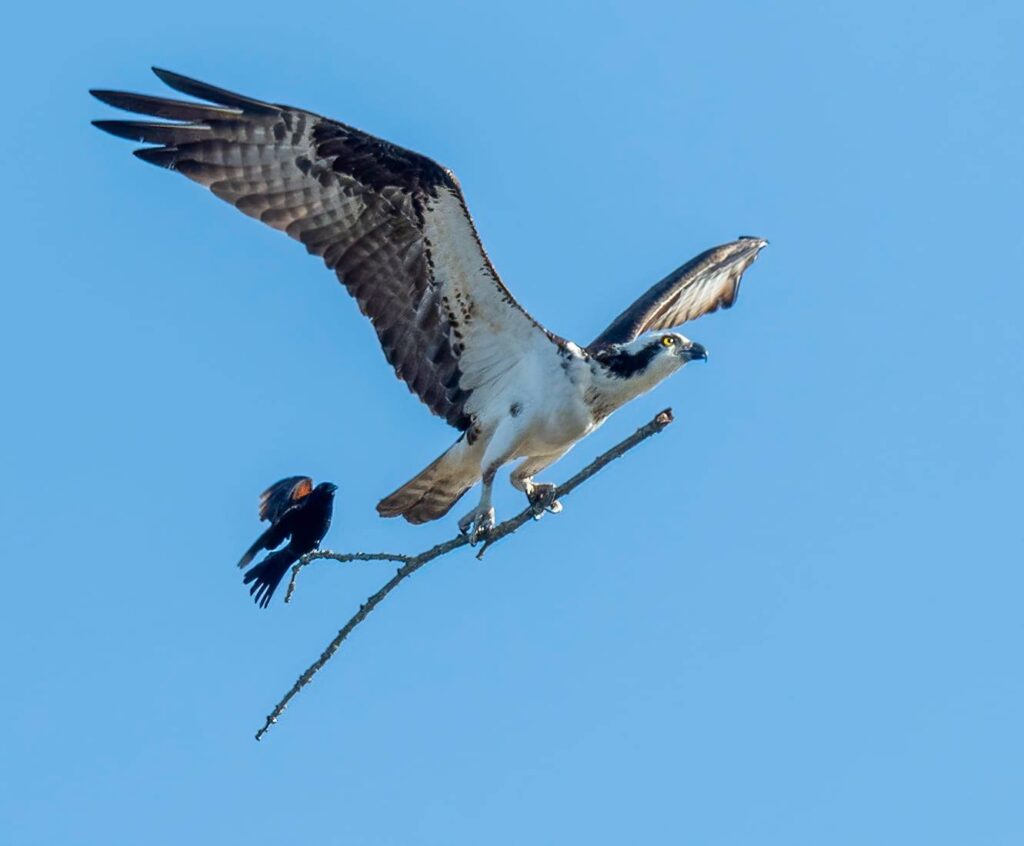Discovered one year apart, two cave lions were separated by thousands of years, but met the same fate: being fossilized due to some disaster.
About 30,000 years ago, when enormous mammoths and woolly rhinos roamed the Northern Hemisphere, a tiny cave lion cub with golden-brown fur took her final stroll through the Siberian tundra.
Disaster struck suddenly — perhaps a mudslide, or a crack splitting open the permafrost underfoot — and the cub fell. Buried in ice, she was quickly mummified; today, her fur, skin, organs and teeth remain almost exactly as they appeared on the day of her death, thousands of years ago.
Scientists named this ill-fated cub Sparta, after mammoth tusk hunters discovered her fossilized remains poking out of the melting permafrost of Yakutia, Siberia, in 2017.
Along with Boris — a male cave lion cub discovered just 50 feet (15 meters) away in 2018 — Sparta is the subject of an extensive new study published Aug. 4 in the journal Quaternary, in which scientists examined the anatomy of the extinct cats in unprecedented detail.
“Sparta is probably the best-preserved ice age animal ever found, and is more or less undamaged apart from the fur being a bit ruffled,” study co-author Love Dalén, a genetics professor at the Centre for Palaeogenetics in Stockholm, Sweden, told CNN.com. “She even had the whiskers preserved.”
Cave lions (Panthera spelaea) are close relatives of modern African lions. They lived widely across the Northern Hemisphere during the last ice age (the chilly epoch that spanned from approximately 2.1 million to 11,600 years ago).
Unlike their modern cousins, these large cats adapted to extremely harsh conditions, including freezing winds and long, cold winters marked by continuous nights.
According to the new study, Boris and Sparta didn’t get much of a chance to test their mettle against the perils of the ice age. Through a variety of methods including radiocarbon dating, X-ray imaging and partial DNA sequencing, the researchers learned that the two cubs were approximately 1 to 2 months old when they died, with their sharp frontal teeth just beginning to emerge.
Although the cubs’ remains were discovered a stone’s throw away from each other, their deaths were separated by tens of thousands of years.
A radiocarbon analysis of the cubs’ skin, hair and muscle showed that Sparta died approximately 28,000 years ago, while Boris met his end more than 43,000 years ago. This finding suggests that the area was probably “attractive to cave lions for making dens, but it was probably also susceptible to them collapsing,” the researchers wrote in the study.
X-ray scans of the cubs’ bones seem to support a collapse scenario. Both cubs showed skull damage, dislocated ribs and other small “distortions” in their skeletons that could have been caused by “the earth’s mass pressure,” the researchers wrote. Further distortions likely occurred after the cubs were already buried, as the surrounding permafrost turned their bodies into furry mummies.
For all their injuries, the cubs didn’t show any markings indicative of a predator attack, the team added.
At the moment, there’s little more that can be learned about how the cubs died — but further research could help reveal how they lived. In future studies, the researchers hope to completely sequence Boris and Sparta’s DNA, which could put the evolutionary history of cave lions in a broader context and reveal some of their unique genetic features




